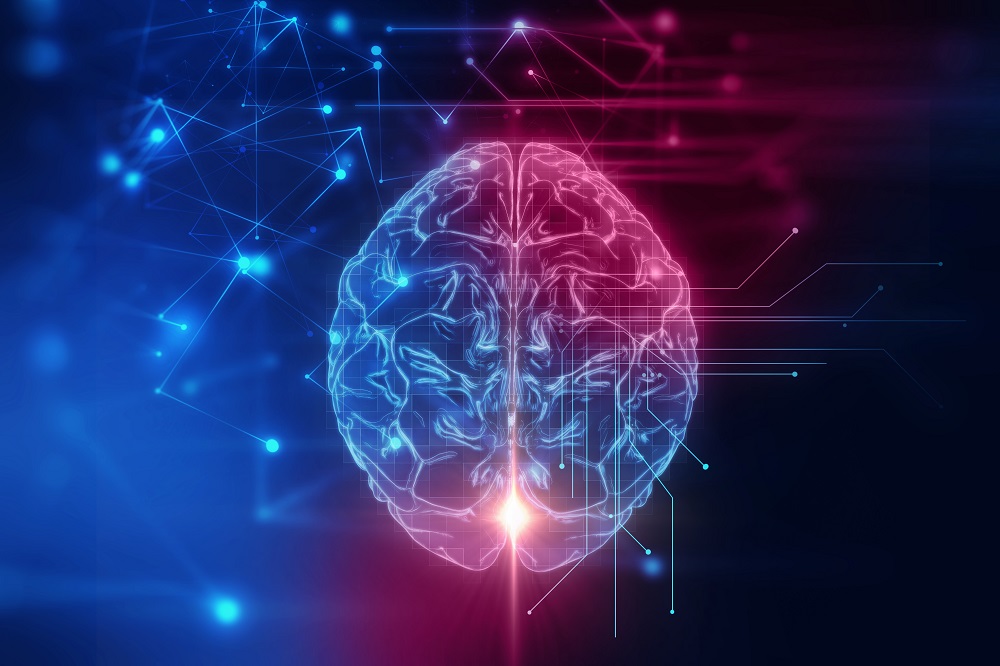One of the advantages of silicon photonics is that multiple sensors can be placed in parallel on a piece of silicon, creating a configuration suitable for pattern recognition. Each of the sensors detects a different aspect of what is being measured, thereby producing an aggregate “fingerprint” that can be compared with a database of known objects.
These compact, low-cost systems provide a suitable platform for electronic nose products. Aryballe, founded in 2014, is a company that develops and markets such products. “It wasn’t until 2017 that we realized the work CEA-Leti was doing with silicon photonics could be really useful to us,” said Aryballe founder and CEO Tristan Rousselle. “We investigated this with Leti and co-designed a system with 64 MZIs [Mach-Zehnder interferometers] working in parallel.”
“One of CEA-Leti’s areas of expertise is in silicon microtechnology,” said Bertrand Bourlon, head of the optical sensors laboratory at CEA-Leti. “Silicon photonics allow us to build miniature integrated sensor systems that deliver high performance at a low cost. They do very well in terms of specificity—how well a system detects something with a minimal number of false positives. Using silicon nitride refractive index sensors, we can detect less than one part per million of certain volatile compounds in the air and less than 1 microgram of biomolecules in 1 milliliter of liquid.”
After designing the system with Leti, Aryballe developed a proprietary module, which it now markets in the form of an electronic nose. A differentiating feature of Aryballe’s approach is that it grafts tiny biosensors onto the interferometer using peptides, which are small protein fragments. This mimics the human nose, which works with a set of proteins called olfactory receptors connected to neurons at the back of the nose. The neurons lead to the brain, which the company also mimics with data analytics.
For pattern recognition, the interaction of volatile compounds and peptides must somehow be transformed into electricity. Leti and Aryballe’s approach uses silicon nitride to conduct light at a known wavelength. When volatile compounds bind to a peptide that is fixed on an array, they produce small perturbations in the light, which are detected by a camera. Each of the 64 points organized in a matrix has a different set of peptides, so each is affected differently by the molecules being measured. The different readings at the 64 points produce a pattern that serves as a kind of fingerprint that uniquely identifies the molecules.
The analytical part of Aryballe’s data is also inspired by human olfaction. When people sniff something, their brains generate a pattern, which is then compared with a set of patterns stored in memory. The company mimics biology by using its own hardware and software to generate hundreds of thousands of records, which are used to train their algorithm to recognize patterns.
Electronic nose use cases
A well-trained dog still has higher sensitivity than an electronic nose. But a dog can be used only in a limited number of circumstances—and it takes two years to train a dog. The accuracy of the electronic nose can be expected to improve over time—and there are already specific types of industrial problems it can solve.
The first category of use cases concerns flavors for the food industry and fragrances for perfumes and cosmetics. One of the areas of application is to facilitate process control by testing odors during different stages of food processing. “We can also use smells to predict taste,” Rousselle said. “What you want is to see the development of aromas—for instance, in fruits and vegetables—which will give a good taste.” Another use case is detecting combinations of perspiration and perfume for quality control.
The second major category of applications concerns “malodors,” which means exactly what it sounds like: stuff that smells bad. “These are places where nobody wants to put their nose,” Rousselle said. “Electronic noses are very much appreciated in these situations.”
Another interesting field of application is in the automotive industry. The electronic nose provides a way to verify vehicle cleanliness without using an intrusive camera. An odor sensor is a good alternative for rental companies to quickly detect dirtiness.
There are also human safety and hygiene applications. Electronic noses can be used to identify fire hazards and to detect bad smells from fermentation bacteria.
Finally, on the health front, some diseases can be detected by an electronic nose. Dog noses are often used for this purpose, and they are more accurate. But in some specific cases, electronics beats biology.
“Dogs can detect cancer and Alzheimer’s [disease], which we can’t,” Rousselle said. “But what we can do very well in the medical field is detect bacterial diseases.”
